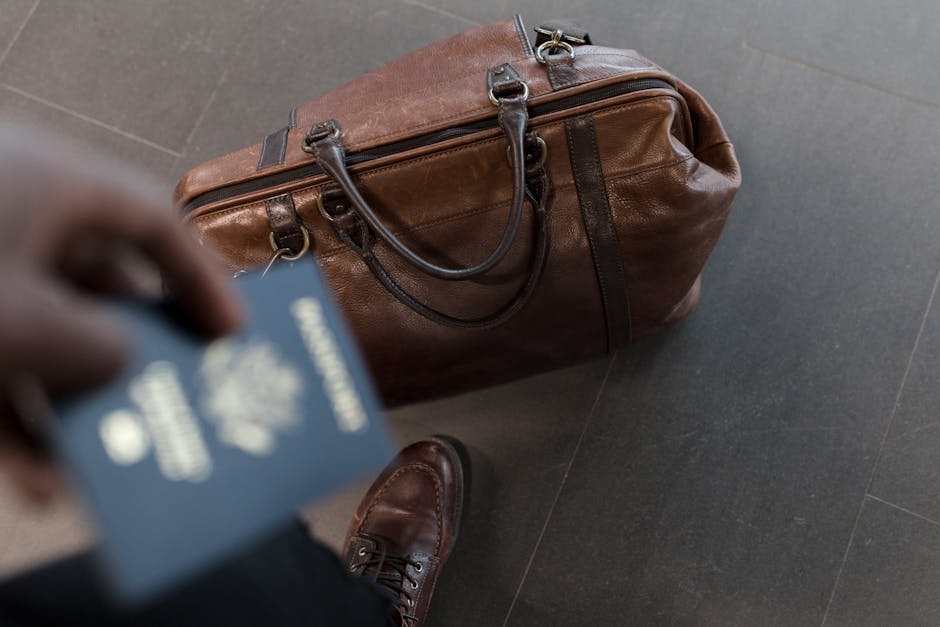
In the heart of bustling cities, where the cacophony of traffic and the hum of daily life drown out the whispers of nature, a silent crisis is unfolding. Urban forests, those precious pockets of greenery, are disappearing at an alarming rate. With each tree that falls, we lose not just a part of our ecosystem but also a vital resource that brings us closer to the natural world. This article seeks to shed light on the importance of these green sanctuaries and the urgent need to protect them.
As urban populations swell, the demand for infrastructure and development often overshadows the need for green spaces. Yet, urban forests provide essential benefits that go far beyond aesthetics. They improve air quality, reduce heat, and promote mental well-being. The stark reality is that these benefits are at risk as cities expand and prioritize concrete over canopy. It’s time to recognize that preserving our urban forests is not just an environmental concern; it’s a necessity for our health and happiness.
Urban forests serve as crucial allies in the fight against climate change. Trees absorb carbon dioxide, a greenhouse gas that contributes to global warming, while releasing oxygen that sustains life. A single mature tree can absorb approximately 48 pounds of CO2 annually, making them invaluable in our efforts to mitigate climate change. Moreover, urban trees provide shade, helping to cool city temperatures and reduce the energy needed for air conditioning during scorching summers. As cities face increasing heatwaves, the presence of trees becomes a lifeline, offering refuge and relief.
Beyond their environmental contributions, urban forests play a pivotal role in enhancing community well-being. Studies have shown that access to green spaces can significantly reduce stress, anxiety, and depression. They foster social interactions, provide recreational opportunities, and promote physical activity, all of which contribute to healthier lifestyles. In neighborhoods where urban forests thrive, residents are more likely to engage with one another, creating a sense of community and belonging. The loss of these green spaces is not just a loss of trees; it’s a loss of connection among people.
However, the challenge of preserving urban forests is compounded by economic pressures and a lack of awareness about their value. Many city planners and developers overlook the importance of these green spaces, viewing them as obstacles rather than assets. This oversight can lead to the eradication of entire ecosystems that have flourished for decades. Community advocacy and education are crucial in changing this narrative. By raising awareness about the importance of urban forests, we can inspire collective action to protect and restore these vital areas.
As we stand on the brink of a tipping point, the call to protect our urban forests has never been more urgent. Every tree saved is a step toward a healthier planet and a more vibrant community. We must advocate for policies that prioritize green spaces in urban planning and engage in grassroots efforts to plant and nurture trees. The fight to preserve our urban forests is not merely about saving trees; it’s about ensuring a sustainable future for generations to come.
In conclusion, urban forests are not just remnants of nature in concrete jungles; they are lifelines that sustain our cities and our spirits. The urgency to act is palpable, and the responsibility lies with each of us. Together, we can cultivate a deeper appreciation for these green sanctuaries and work tirelessly to protect them. The time for action is now—let us join hands to ensure that our last green sanctuaries remain vibrant and thriving for all who seek refuge in their shade.
